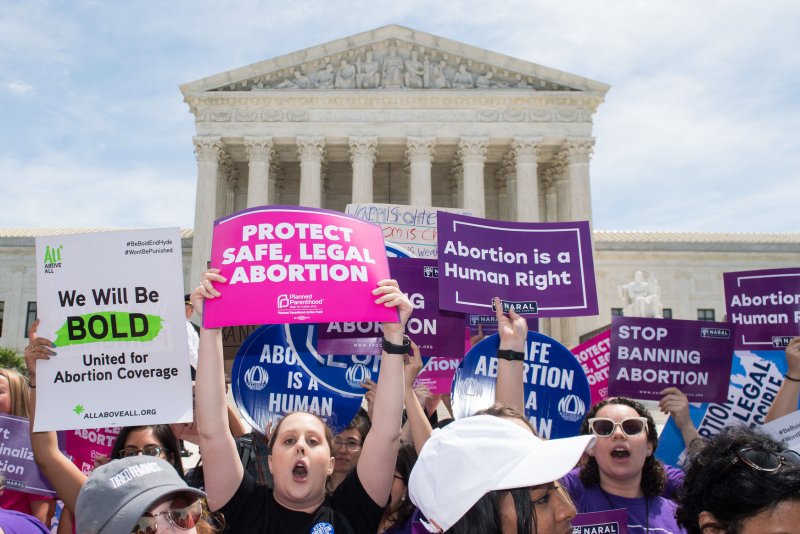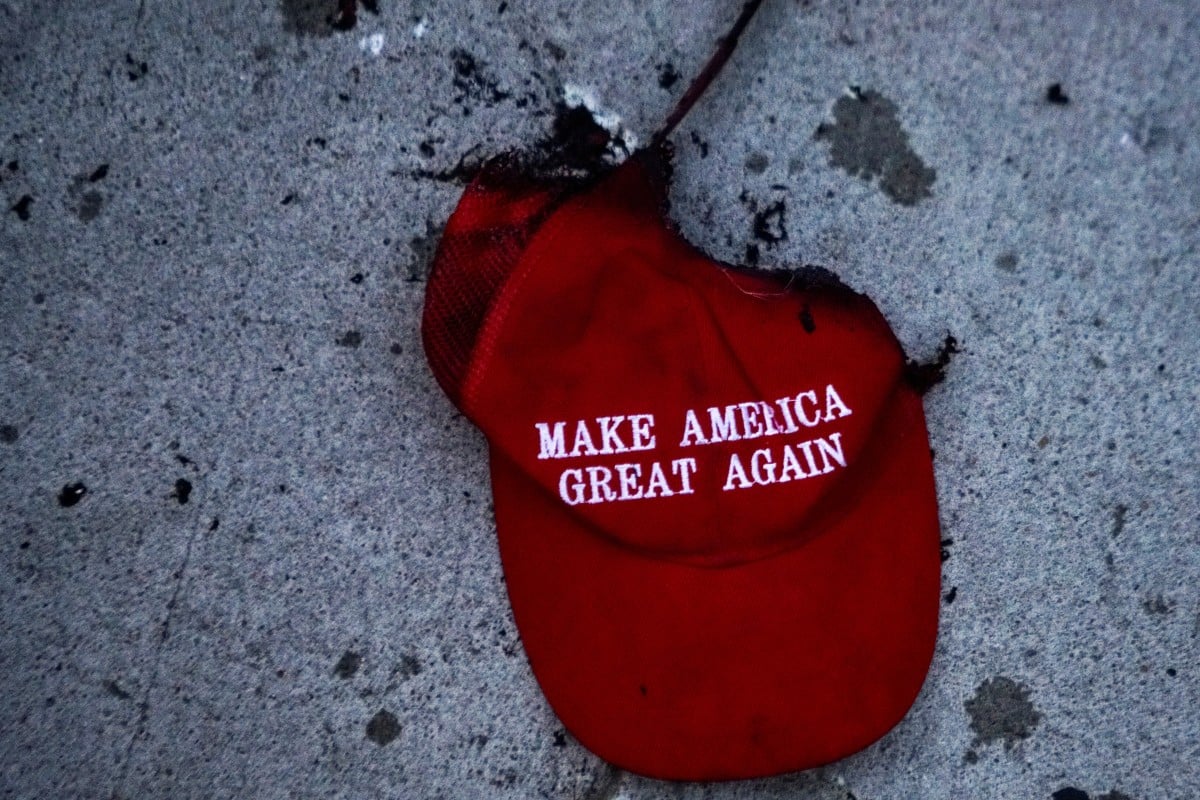Sept. 30 (UPI) -- American Timothy Ray Brown, the first person in history who was said to be cured of HIV/AIDS, has died of terminal cancer. He was 54.
Brown became known as the "Berlin patient" when he was diagnosed with HIV while living in Germany in 1995. In 2007, he was given a bone marrow transplant from a rare donor who was naturally resistant to the virus that causes AIDS.
Brown received the transplant when it was discovered that he had acute myeloid leukemia, which was not related to his HIV status.
Brown died on Tuesday at his home in Palm Springs, Calif.
"I am truly blessed that we shared a life together but I'm heartbroken that my hero is now gone," partner Tim Hoeffgen wrote in a Facebook post.
"Tim's spirit will live on and the love and support from family and friends will help me through this most difficult time."
Hoeffgen said Brown returned to the United States in 2010 and went public with the treatment he'd received.
A year later, doctors said it appeared that Brown had become the first person in the world to be "functionally cured" of HIV/AIDS.
"I quit taking my HIV medication the day that I got the transplant and haven't had to take any since," Brown said in 2011.
Sharon Lewin, president-elect of the International AIDS Society and director of the Doherty Institute in Australia, said Brown helped open the door for the development of HIV treatments.
"Timothy was a champion and advocate for keeping an HIV cure on the political and scientific agenda," she said in a statement.
"It is the hope of the scientific community that one day we can honor his legacy with a safe, cost-effective and widely accessible strategy to achieve HIV remission and cure using gene editing or techniques that boost immune control."
















